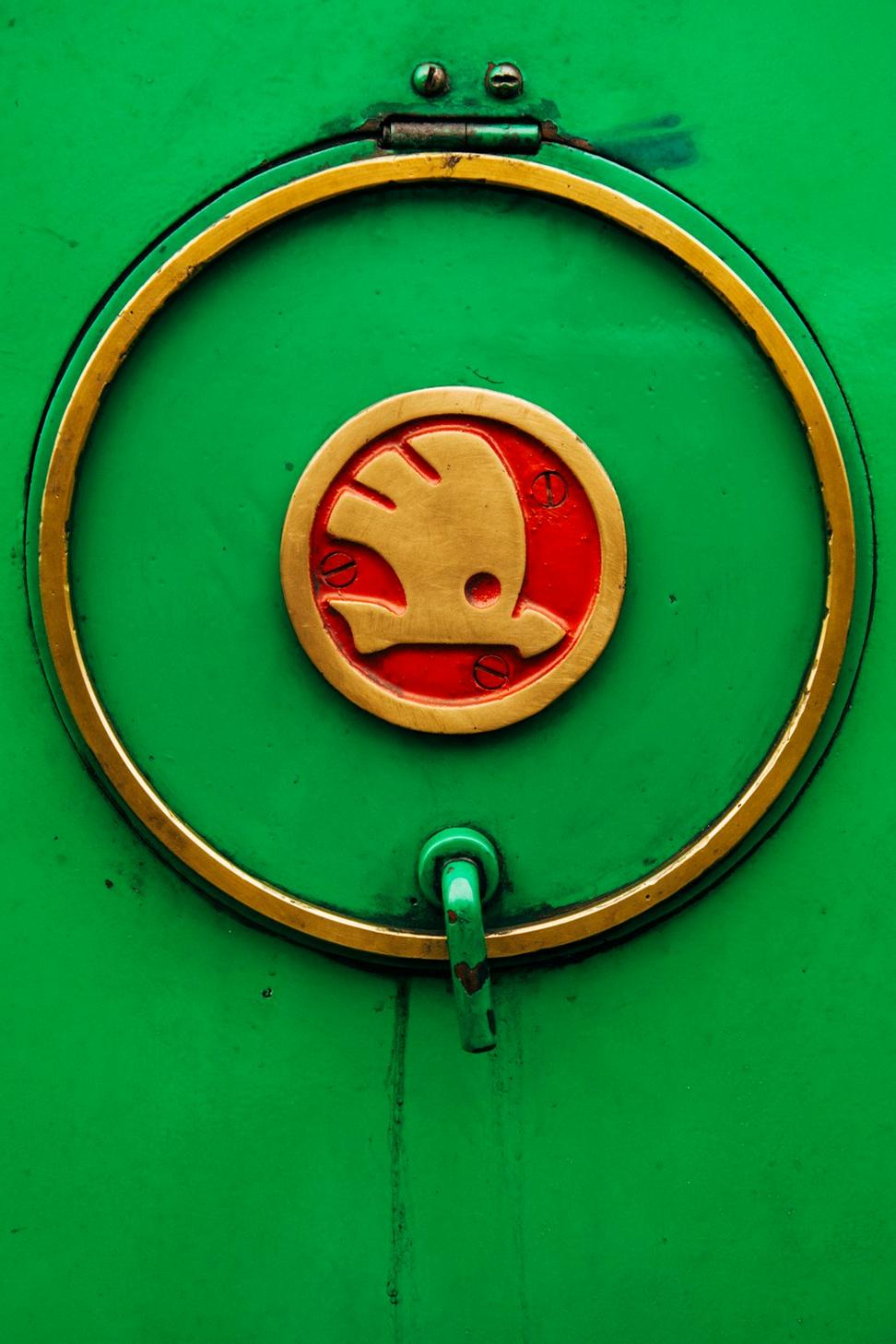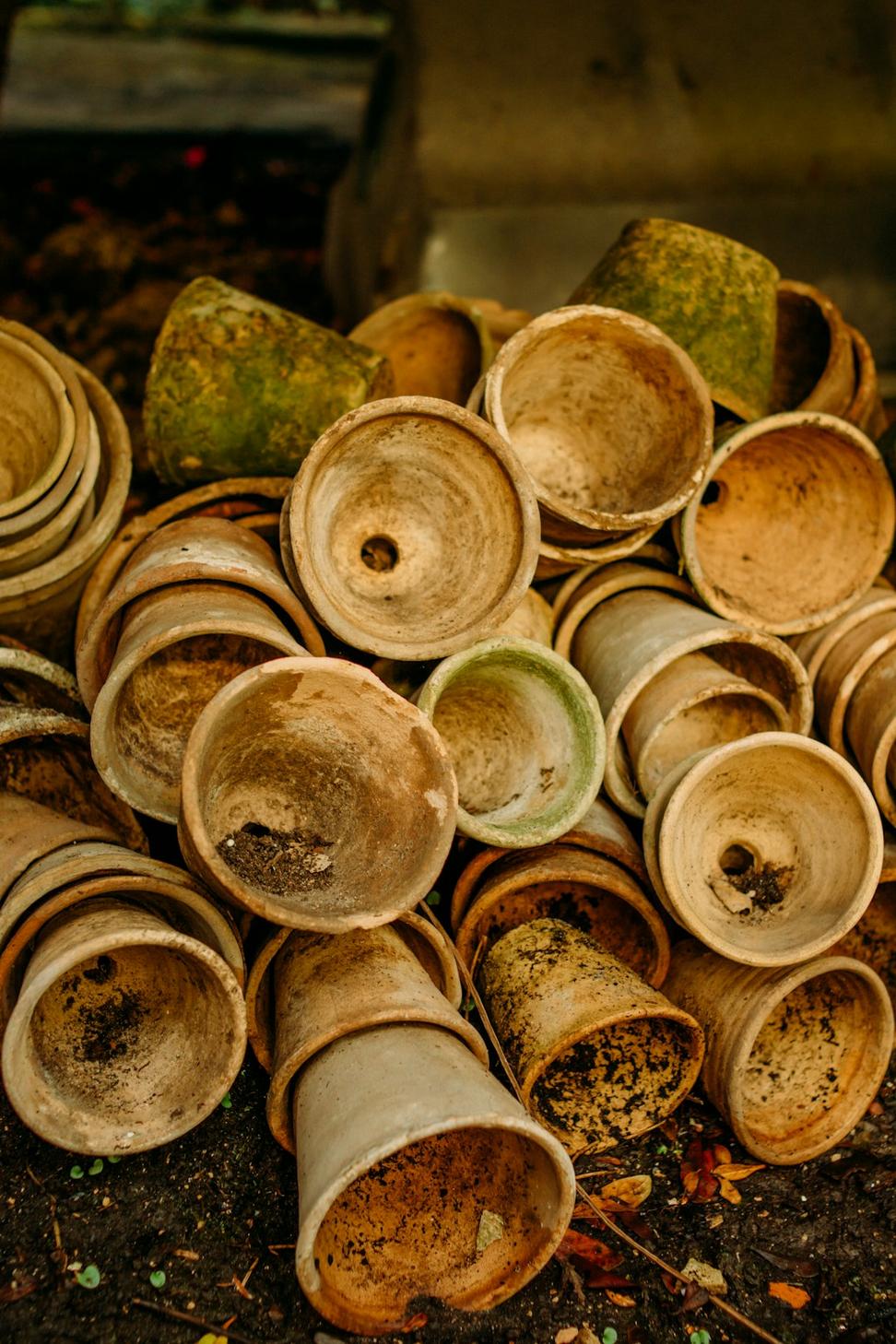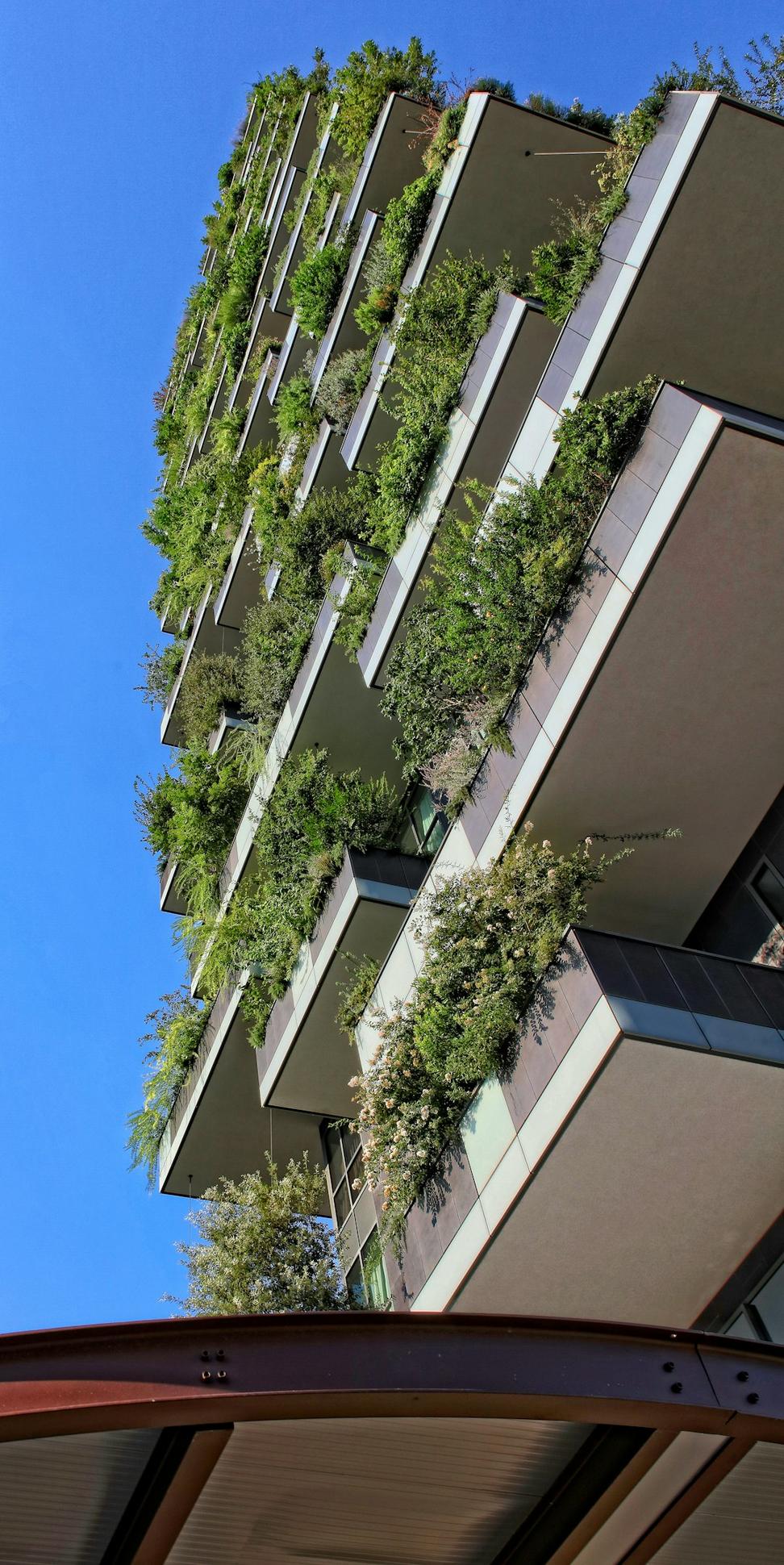
Look, We're Gonna Be Real With You
There's a lot of fancy talk in our industry about "carbon-neutral this" and "net-zero that." And yeah, those things matter. But after fifteen years designing buildings across Ontario, we've figured out what actually moves the needle versus what just sounds good in a brochure.
Sustainability isn't some add-on feature you slap onto a building at the end. It's baked into every decision from day one - where the windows go, how thick the walls are, what the heck we're even building with. It's about understanding how a building breathes, how people actually use it, and making sure it'll still be standing (and useful) in fifty years.
We mess up sometimes. Learn new stuff constantly. That's the point - sustainable design keeps evolving, and we're evolving with it.


